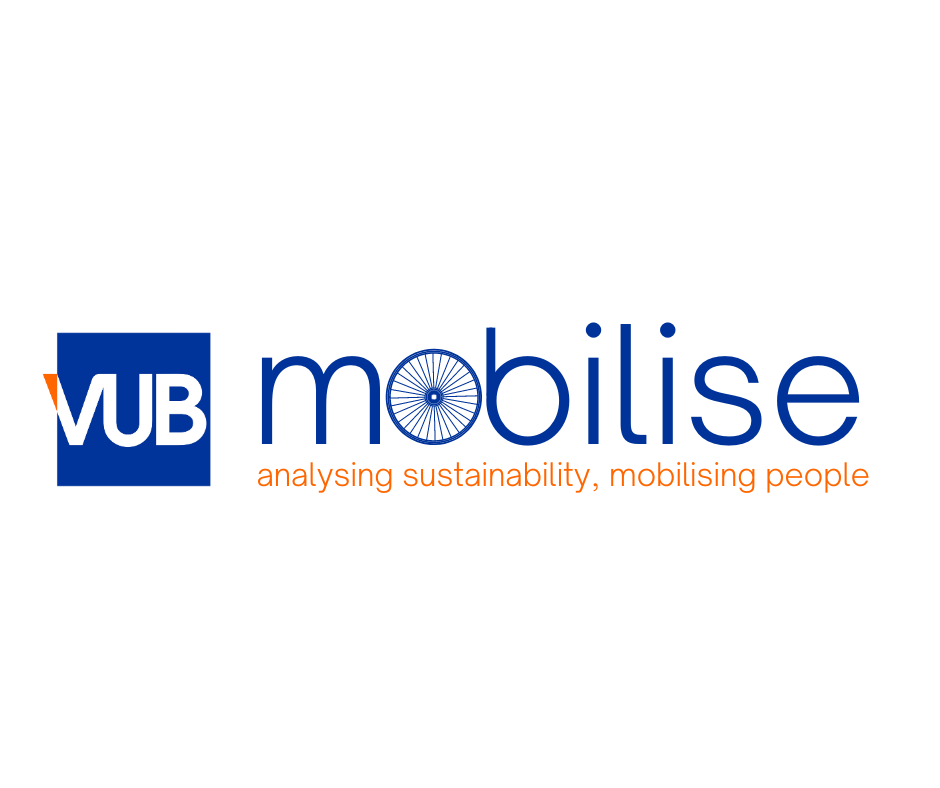In many Western countries, governments are implementing an innovative demand-driven mobility policy. An example is the recent Flemish decree ‘Basisbereikbaarheid’, which aims at creating an integrated mobility system in which a user’s trip may be a combination of different types of services. Timetabled public transport will be maintained on lines with high demand, whereas private providers of collective on-demand mobility services (dial-a-ride services) will be invoked to replace unprofitable public transport in rural areas, according to the Mobility-as-a-Service (MaaS) principle. First, this research addresses the route optimisation problem faced by the dial-a-ride providers on the operational level, i.e. how to synchronise their flexible routes and schedules to the public transport services in real time, taking into account efficiency and reliability. Second, this research considers the design of the integrated mobility system itself, i.e. how to decide which type of service is most cost-effective in a certain area.
